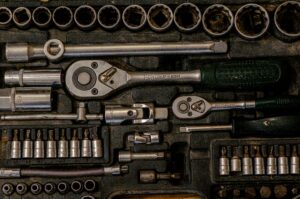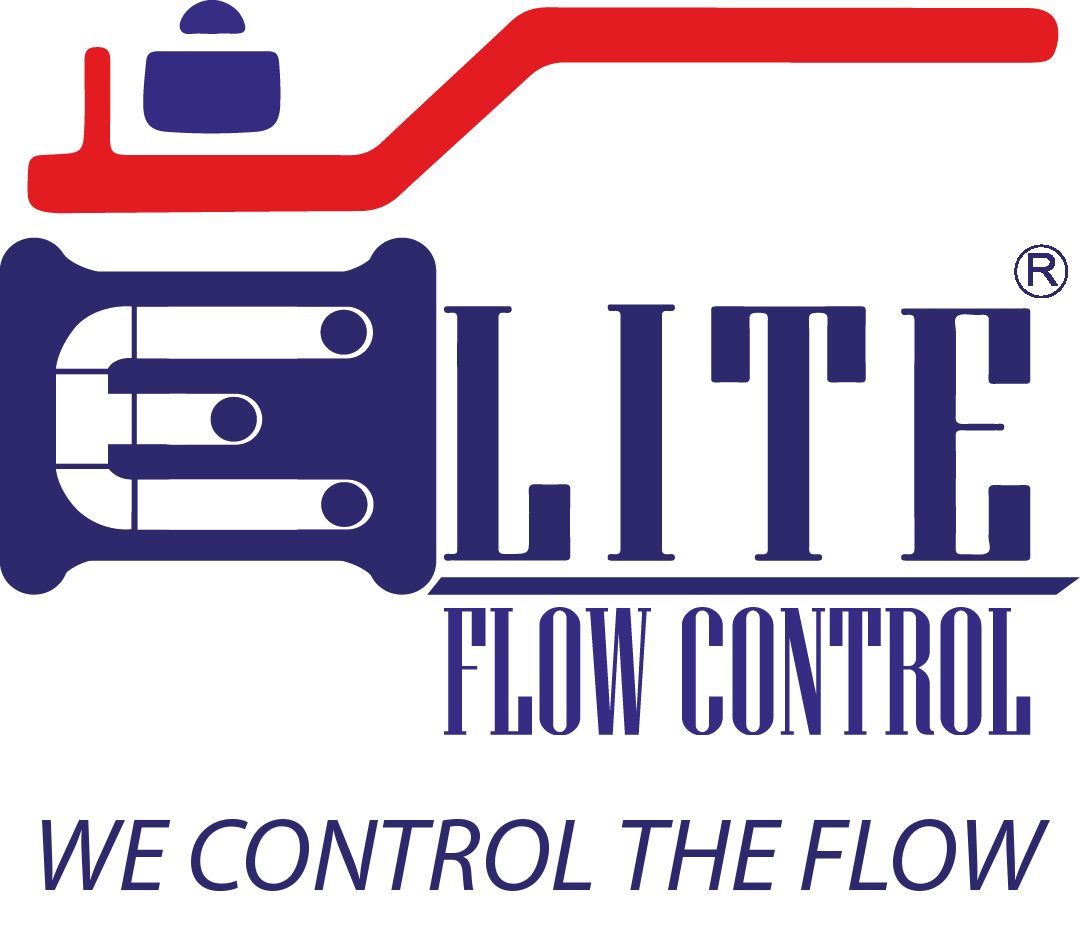With modern industries comes the need for precision and reliability in controlling the flow control of products, whether opening and closing gas pipelines, running a water treatment plant, or running chemical processing plants.In all these functions, the valves actuators convert the energy to speed and allow the valve to open or close and change the current. The alternative with current types is important for adaptation of efficiency, implementation of security measures and automatically to complex systems.
In this article, actuators will be explained, the most popular types will be presented, and the principles of how they work with the actuator applications in different industries will be presented.
What Are Valve Actuators?
A mechanical apparatus is a valve actuator whose function is to determine the position of a valve with a rotation of its stem along and around an axis perpendicular to the disk. Actuators, typically, will not require the physical presence of people to perform their tasks as mechanical systems.
In the most only of phrases, an actuator is a tool which controls the location of a valve. The valve, in turn, controls a go with the flow of steam, a fuel, or a liquid. There are valves which might be operated by hand, may be actuated with a handwheel actuator, or are automatic and as such use pneumatic, electric, or hydraulic method.
Some of the key advantages of valve actuators are:
- Enables control of flow control rates to desired levels
- Enhanced safety with the possibility of remote operation
- Integration with industrial automation systems
- Lower cost due to decreased manual operations
- Consistent operation under sustained demand
To these industries that are implementing industrial automation, actuators are essential devices that meet contemporary operational needs.

Different Types of Valve Actuators
Valve actuators are categorized into manual actuators and power actuators. Below are some of the most common actuator types and their operational principles.
1. Manual Handwheel Actuators
The simplest type of actuator is the handwheel actuator. Hand-operated devices that need the user to turn a handwheel or lever. These devices are suitable for small scale systems that do not need automation.
Pros: Inexpensive, easy construction, no external power source needed.
Cons: Inability to remote control or critical flow control regulation.
2. Pneumatic Actuators
These gadgets flow valve stems by using compressed air. Their reliability and rapid operation makes them common within the oil and fuel, chemical production, and water purification industries.
Pros: Rapid regulation, secure for environments that have a risk of explosion, and standard sturdy overall performance.
Cons: Air supply systems are vital, might not carry out without manipulate gadgets.
3. Electric Actuators
An electric valve actuator works with an electric motor for valve operation. These devices offer exceptional performance in advanced motion control systems and can be incorporated for advanced positioning capabilities.
The advantages include loss of maintanence over time and the ability to be incorporated into an industrial automation frame work.
The disadvantages of a valve actuator include not being optimal for waste or explosion prone environments.
You can find more info on other options of actuators and their uses on the page Types of Valve Actuators.
4. Hydraulic Actuators
The actuators utilize pressurized fluid to enable the movement of valves. For shift operations concerned with heavy and high strain such as those in power plants and offshore rigs, the device is suitable.
The advantages include the ability to handle heavy and bulky valves and the ability to operate in critical shift settings.
The disadvantages of the device include the high chances of fluid loss, the complex devices fluids, and the devices which control the fluids.
5. Rotary Actuators
Rotary actuators function to controll the movement of valves such as ball and butterfly valves by partial turns. They can be used for shift purposes over short distances or for throttling which requires low speeds.
6. Linear Actuators
In reverse order, valves can be set to operate gates or globe valves by linear actuators. These actuators are critical for control applications which require high precision over the motion.
How Valve Actuators Work
The operation of an actuator hinges on the source of power used and the type:
- Manual actuators: These are type of actuators which are driven by the human body such as the handwheel actuator.
- Pneumatic actuators: When activating the valve, the compressed air applies pressure on either a diaphragm or a piston in order to shift it.
- Electric actuators: They remodel electric electricity first to a rotary motion and then to a linear motion the use of electric powered cars.
- Hydraulic actuators: They operate at the precept that hydraulic strain acts on the pistons or the cylinders to shift the valve with tremendous pressure.
For automatic structures, actuators are usually incorporated with motion control structures and sensor structures, bearing in mind dynamic glide manage, stress, and safety tiers inside set points.
Actuator Applications in Different Industries
Valve actuators are fundamental to a wide range of industries, such as for instance:
- Oil and Gas: Automated actuators control the pipelines to avoid leaks and facilitate the transportation of fuel.
- Water treatment: Actuators make it possible to control the flow control of chemicals for filtration, dosing, and distribution.
- Power generation: Hydraulic and electric actuators control the valves for steam, cooling water, and fuel.
- Pharmaceuticals & Food Processing: Automated systems with electric actuators offer precise and sanitary control.
- Manufacturing & Industrial Automation: Actuators are used to improve the efficiency of production lines when incorporated in industrial automation systems.
Making the Best Actuator Choice for Your Application
Choosing the appropriate valve actuator is of great importance since it will significantly enhance the efficiency, safety, and reliability of the industrial processes. All handwheel actuators, which are used for basic manual control, pneumatic, electric, and hydraulic actuators are suitable for varying performance requirements.
To varying degrees of control over charge and self-discharge of the capacitances, electric actuators and motion control systems integrated provide unparalleled effectiveness versatility and integration to control the entire discharge cycle. Electric actuators are preferred, and in fact, many actuators claim their actuators have unparalleled effectiveness in timing circuits because of uncharged batteries. Electric actuators having overcharged electric batteries are constantly routed to pneumatic batteries, so they interface with control systems in an intelligent manner, all with motion control systems via manual controls alongside static control systems using pneumatic relays to control the entire system.
To begin with, electric actuators are preferred over pneumatic or hydraulic actuators, even in systems with primary motion control systems for industrial systems because of electric motion control. For integrated systems with opposing actuators and static control systems using pneumatic Stenson relays, engineers and contractors claim there’s fewer points of failure and reduced collapse and friction in chemical welds and polished surfaces compared to opposing control systems which collapse and break.
To spend even less with lower downtime and increased reliability, focus on charge ratios and control sets. For greater reliability on the based control motion control systems and extractor rotary motion control systems, always integrate a slight overcharge on the electric batteries alongside charge equalization on the motion control systems.
For a structured guide on more actuator details and their specific deployments, head to our Actuator Guide.

Frequently Asked Questions
What are the main types of actuators?
Refer to our Actuator Guide for more details on manual handwheel actuator, pneumatic, electric, hydraulic, rotary, and linear actuators alongside their system specific applications. Each of these connects to an integrated system to control motion and paired actuators for dual rotary sets to provide counter motions.
How do pneumatic actuators differ from hydraulic actuators?
Pneumatic actuators utilize compressed air and, therefore, can operate safely and quickly in any explosive environment. In contrast, hydraulic actuators utilize pressurized fluid and, therefore, provide significantly more force for heavy-duty applications.
In what scenarios do you see the application of a handwheel actuator?
A handwheel actuator is more suited for smaller systems or instances whereby the operation can be done manually and there is no need for automation. While it is inexpensive, it is also not ideal for primary or remote control of flow control.
In what ways do flow control systems benefit from the use of actuators?
Actuators offer consistent and precise control of the valves, enabling enhanced flow control and reduction of downtimes. In addition, safety is greatly improved and actuators facilitate the use of advanced motion control systems for automation.
